Many varieties of materials such as semi-precious stones, shell, ivory and bronze were used to make Mesopotamian seals and amulets. For seal and amulet carvers, a wide variety of stones were available for the craftsperson to use; marble, hematite, obsidian, steatite, amethyst, lapis lazuli and carnelian to count couple of them. Very few of these stones or material were locally available in Mesopotamia. As land covering Mesopotamia lacked these materials, most of the types of stones for carving and other materials need to be exported from other regions. Raw materials were brought in from the outside as far away as India, Africa and Greece.
Limestone and sandstone were locally available in Mesopotamia. Harder stones, such as diorite were found in places like Oman and southern Iran. Semiprecious stones such as agate, carnelian, and lapis lazuli, much in demand for making small objects such as cylinder seals and beads for jewelry, had to be imported from regions further to the east such as Iran, Afghanistan and India. Gold and silver from Indus Valley, Egypt, Nubia and Turkey. Ivory from Africa and the Indus Valley. Obsidian and copper from Turkey. Sea shell from the Gulf sea of Oman. All of the lapis lazuli available in Mesopotamia is said to be mined in the Badakhshan district of Afghanistan. Raw blocks of lapis lazuli was traded from Afghanistan as early as the second half of the 4th millennium BC.
In Mesopotamia the seals and amulets were worn by their owners, strung on a necklace or on a bracelet. Seals were not only used as signature but also they were believed to have magical powers. The type of the stones were believed to have certain powers and even some type of the stones were believed to bring fortune to the owner. And losing a seal would bring bad fortune. So the seals and amulets were not only beautiful objects and used as signature, they were believed to have magical powers.
Here are the list of most common materials used for making Mesopotamian seals and amulets :
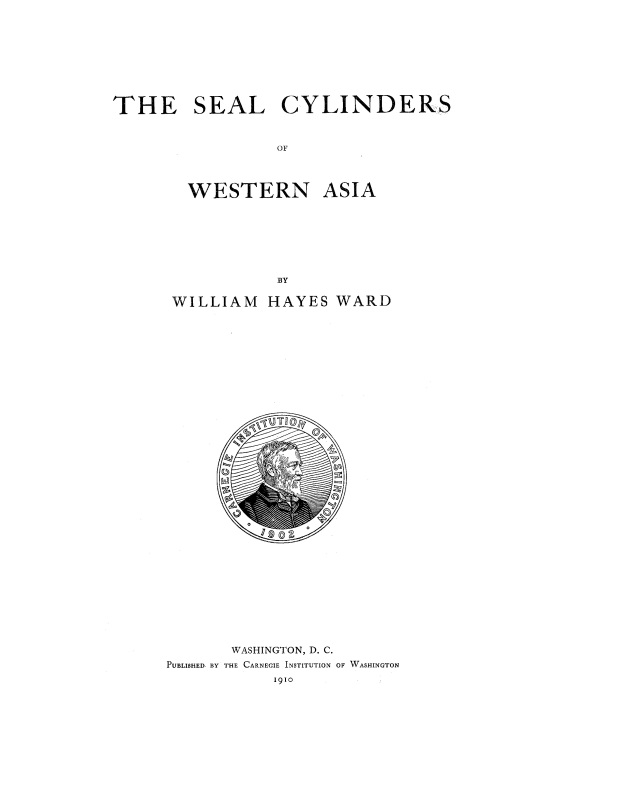
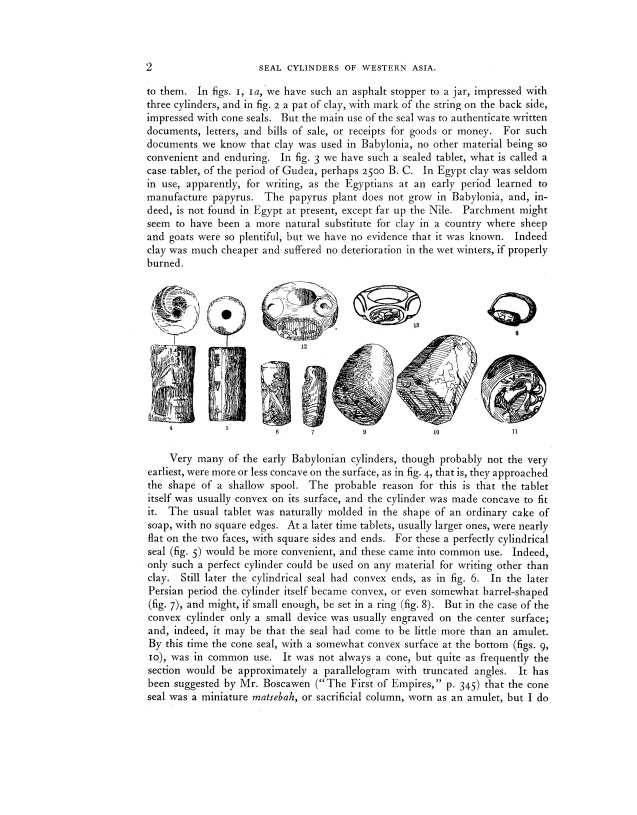
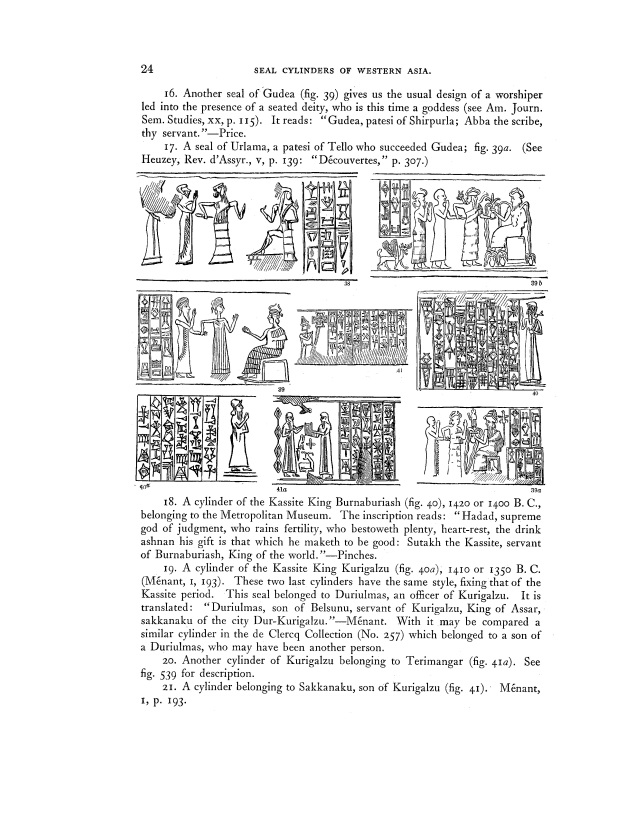



List of Stones & other Materials
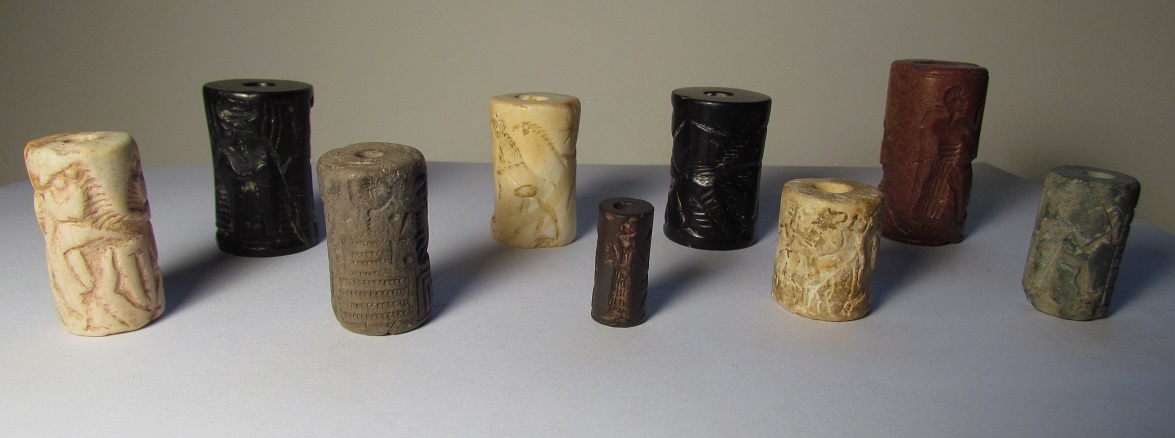
The Seal Cylinders of Western Asia
Author : William Hayes Ward
Format : Book
Publisher : Carnegie Institution of Washington
Date : 1910
Pages : 428
Between 1885 and 1908, the American collector William Hayes Ward assembled, probably on
Pierpont Morgan’s behalf, the collection of 1,157 seals that forms the core of the Morgan’s collection. The seals collection covers all the significant styles of Mesopotamian engravings, from the end of the 4th millennium BC to the 4th century BC, as well as most of the styles of other countries of the ancient Near East.
Although the book is written more than 100 year ago, with 1300+ drawings of cylinder seals impressions, symbols, deities, in depth explanations make this book must have for every seal collector. The seal impressions are hand drawn, not the real impressions, but they are drawn in detail. It is a little bit outdated but still it contains a lot of information including grouping of symbols and objects.
It is very hard to find the original hard cover version of it. But a free PDF version is available online to download:
“The Seal Cylinders of Western Asia” in pdf



First Impressions
Cylinder Seals in the Ancient Near East
Author : Dominique Collon
Format : Book
Publisher : The British Museum Press
Date : 1987 First Published, 2005 Reprinted with revisions
Pages : 208
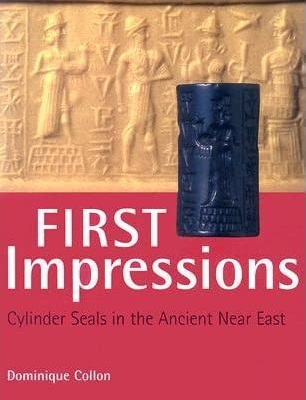
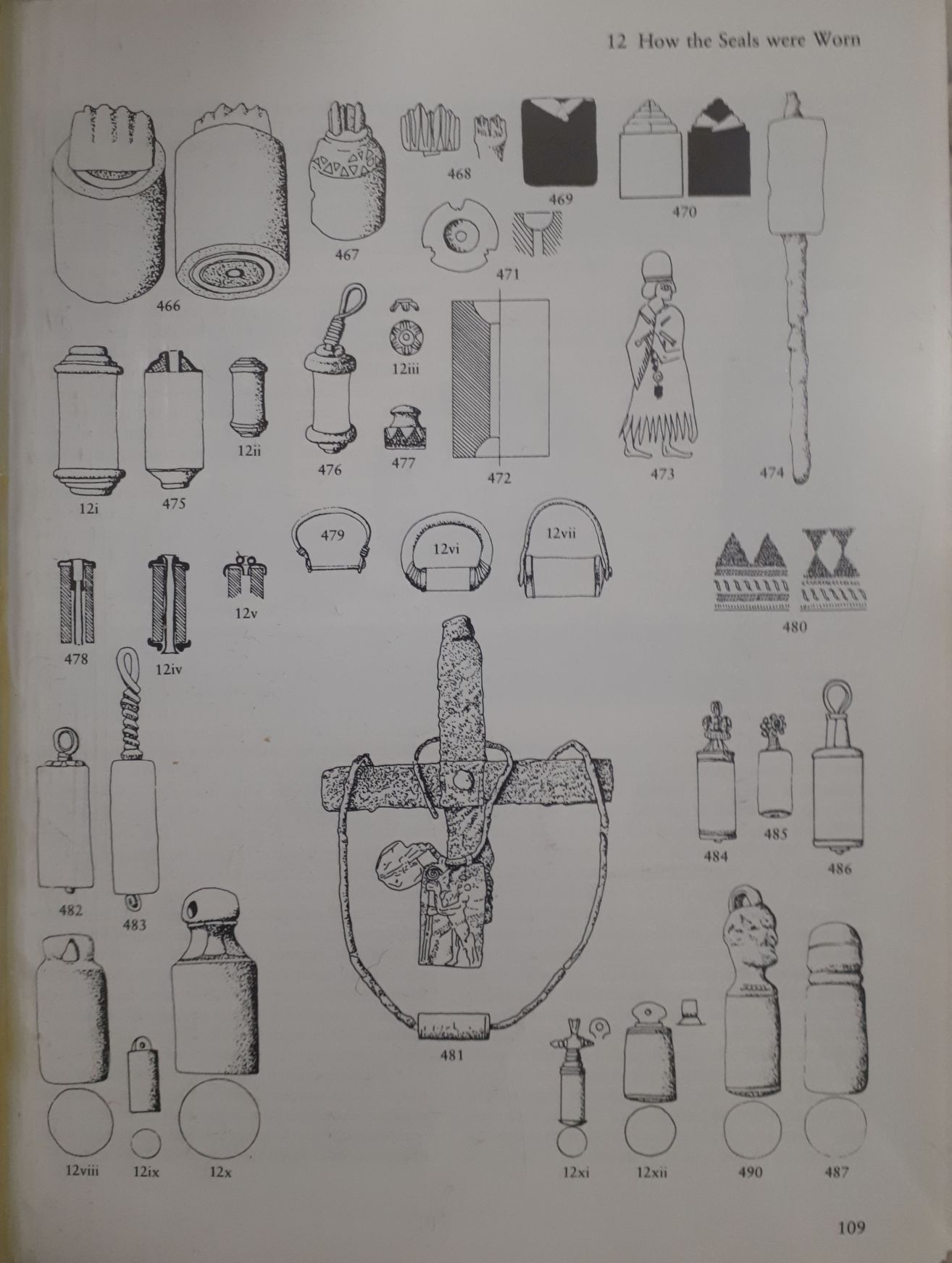

Corpus of Ancient Near Eastern Seals
in North American collections
Author : Edith Porada; Briggs Buchanan
Format : Book
Publisher : Pantheon Books
Date : 1948
2 Volumes, Volume I Text & Volume I Plates
The seal collection publication of the Pierpont Morgan Library. Photographs of seals and modern seal impressions of this extensive collection.
Pierpont Morgan’s online collection of Seals & Tablets can be found at : http://www.https://www.themorgan.org/collection/ancient-near-eastern-seals-and-tablets/listetana.org/node/841
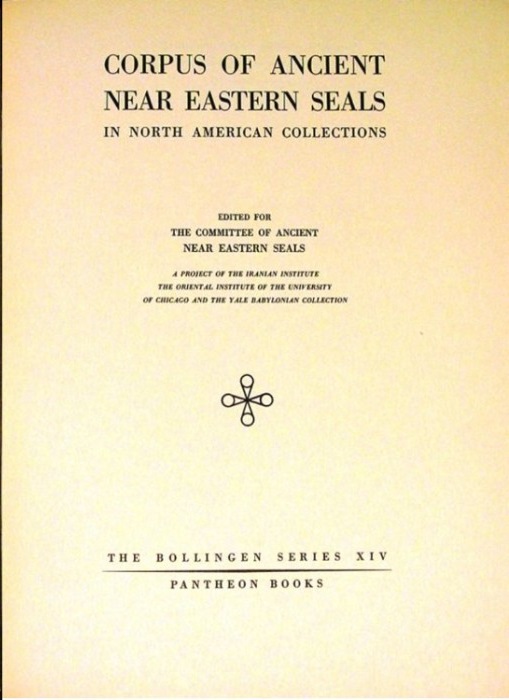
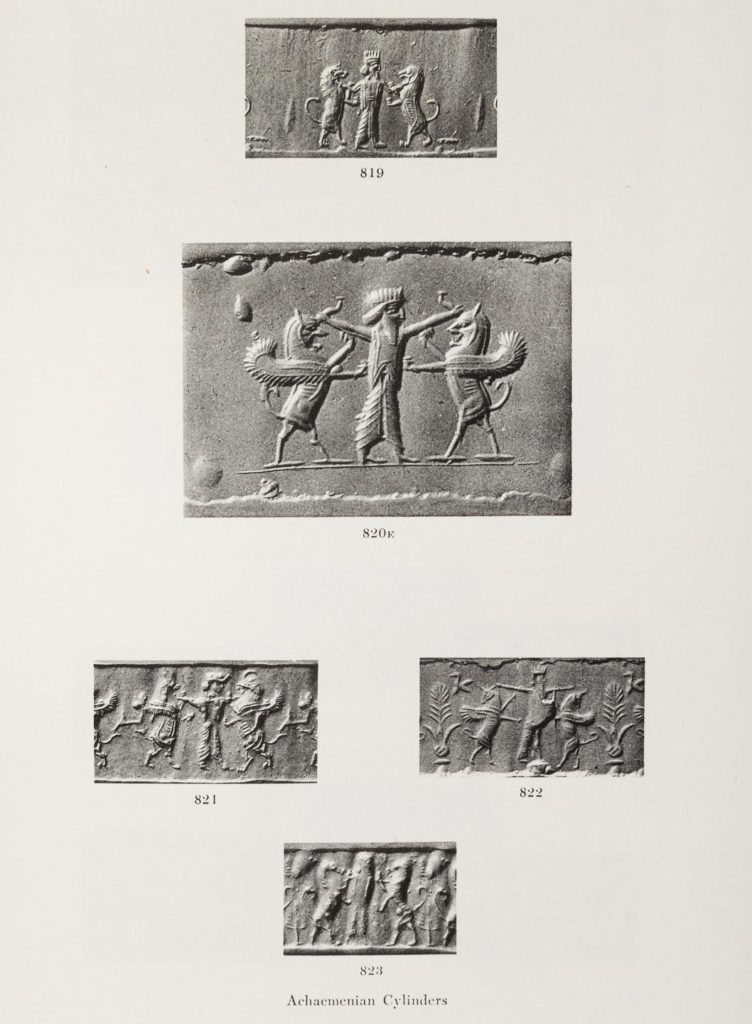
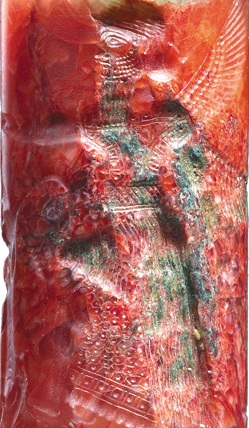
Ancient Near Eastern Seals from the Kist Collection
Three Millennia of Miniature Reliefs
Author : Joost Kist
Format : Book
Publisher : Brill
Date : 2003
Examples of stamp and cylinder seals part of the collection of Kist family. The collection consists of hundreds of seals ranging from the 4th Millennium BC Uruk and Jemdat Nasr periods up to the Achaemenid period of the 1st Millennium BC.
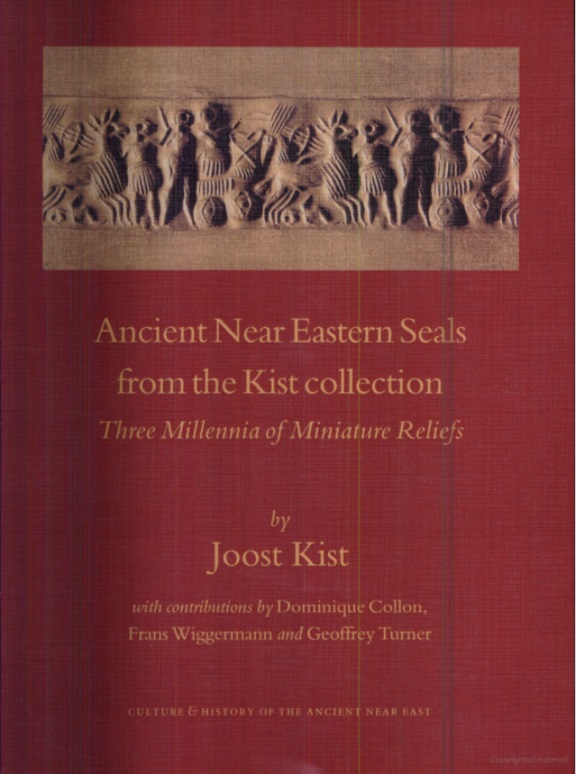

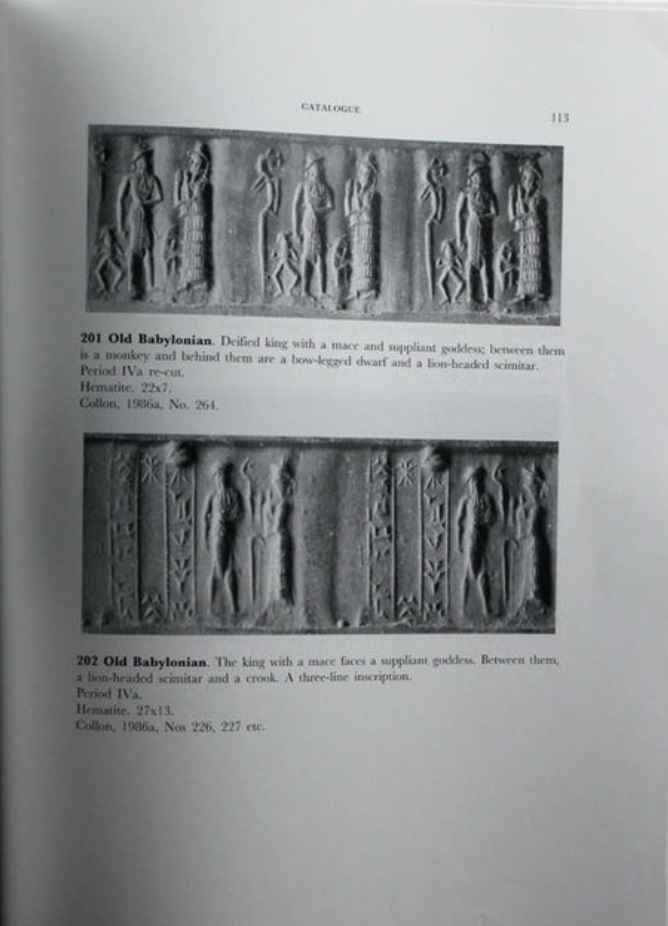
Major Near Eastern Seal Collections
These are not books, they are online available seal collections around the world. These collections are easily accessible and very good starting points. They provide a ton of information online about Near Eastern seals and also info related to other artifacts such as cuneiform tablets, bronze & terracotta items etc.
–> Pierpont Morgan’s Library online collection of Seals & Tablets
–> British Museum Seal Collection
–> Yale University Library Babylonian Seal Collection
–> Penn Museum Cylinder Seal Collection
–> Royal Ontario Museum Seal Collection
–> Ashmolean Museum Collection
–> Spurlock Museum of World Cultures Seal Collection
–> Oriental Institute, University of Chicago Seal & Sealings Collection
